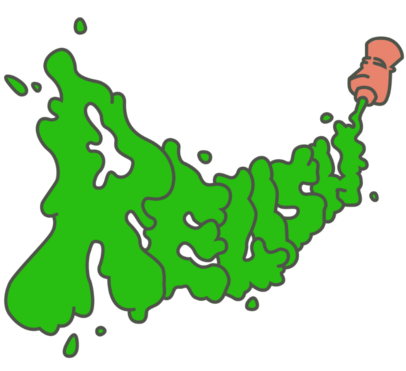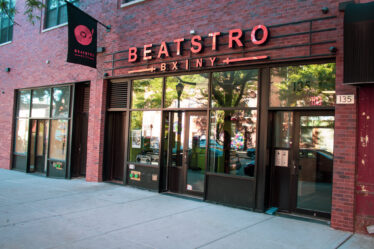

By: Sara Morales
Coming together from all angles to climatically form the soundtrack of New York City, live music reverberated through the streets, bolstered by no restraints. The timbre of drumbeats and trumpets replaced the silence, and no amount of “bájale a eso” would pacify it. This was the daily routine for the average Bronx resident amidst the Mambo and Salsa craze.
Mambo, characterized by the blend of Spanish and African influences, originated in Cuba, where flutist Antonio Arcaño established the genre in the 1930s. Playing with his danzón, an orchestra that played Cuban dance music, they popularized the sound on the island. While it had success in Cuba, the people of the Caribbean found themselves restless to leave in the wake of a post-WWII environment. This led them to leave their home countries for the urban capital of the world: New York City. With that, they brought their music along with them. This musical style began to transform the landscape of the South Bronx, and everyday life shifted to accommodate this modern Latin sound.
Mario Bauza, the founder of the group that started the craze in New York City, was inspired by his previous work with some of the city’s most famous jazz ensembles. With the idea to create a band of his own, he recruited his brother-in-law, Francisco Gutiérrez Grilo, to be the lead singer and frontman, and soon, in the 1940s, ‘Machito and the Afro-Cubans’ was born. They pioneered a fresh Latin flavor characterized by the use of a trio of Cuban drums to lead an Afro-Cuban beat by a large band for the first time. It incorporated timbales, hailing from Europe, the congas, which had prominent influences from West Africa, and the bongos created by the Creole population. Such drum use was crucial to keep the beat for the dancers, who were also a pivotal part of characterizing Mambo. His goal was to introduce a new concept to the genre of Mambo, in which there would be an ensemble orchestra rather than following a traditional smaller-scale band. After seeing the success of the American jazz ensemble, Bauza wanted to give it a Latin twist. Initially seen as a novelty by previously established artists from the jazz community, this style became a staple across the music landscape, growing incredibly successful across the city. As much as Mambo was thriving, however, the ever-changing social environment of the city called for a new sound. Mambo was now a thing of the past.
In the 60s and 70s, many Puerto Ricans made their way to New York City, contributing to the expansion of Spanish Harlem and, of course, the South Bronx. Coming from a harsh political and social climate back home, these ‘Nuyoricans’ were looking to affirm their identity amidst the complex racial barriers in the new city; their outlet: Salsa. Inheriting the Cuban musical foundation of those before them, Salsa began to redefine the Latin scene. This musical genre was the Latin community’s voice, serving as a social and political message; it was one of the few things that was not controlled. It became a style that combined elements from a wide variety of Latin American countries inspired by the rich cultural influences across the city. Bands were now bringing their trombones center stage to create a deeper and more intense sound labeled by Eddie Palmieri, a famous band leader of the genre, as “the roar of elephants.” That characteristic sound is what began to blare out onto the streets, sneaking its way into everyone’s lives. It became customary for makeshift bands to perform live in the city’s neighborhoods, parks, schools, bars, and even barbershops on a whim. Everyone was truly embraced by the vibrancy of the tunes, leading to an environment where music never ceased to be made.
While Salsa had a life of its own in the city, it went on to reach nationwide and even global success thanks to Dominican-born Johnny Pacheco. He founded Fania Records, a music label, in 1964 and later put together the Fania All-Stars, a troupe of performers, after seeing the local success of the genre. The record label brought big-name artists such as Celia Cruz, Ray Barreto, and Willie Colón together to play massively popular concerts and produce albums under the Fania All-Star tag, which led to its widespread popularity. He was also responsible for the name of the genre itself. When thinking about how to market the music, he decided on ‘Salsa’ to include the culture, dance, and music in its entirety. It was essentially an umbrella term that housed styles such as merengue, rumba, folkloric music, and even its forefather, Mambo. According to this new classification, Mambo was now considered a sub-genre of Salsa.
Prevalent in decades past, this genre has quickly been overcome and, sadly, is dying out. It is our turn to take on the task of breathing life back into this beautiful art form. Even while Mambo and Salsa have undergone significant variations, they will always continue to hold the heart and passion of the Latin community; it is the vibrant soundscape that can never be replaced.



